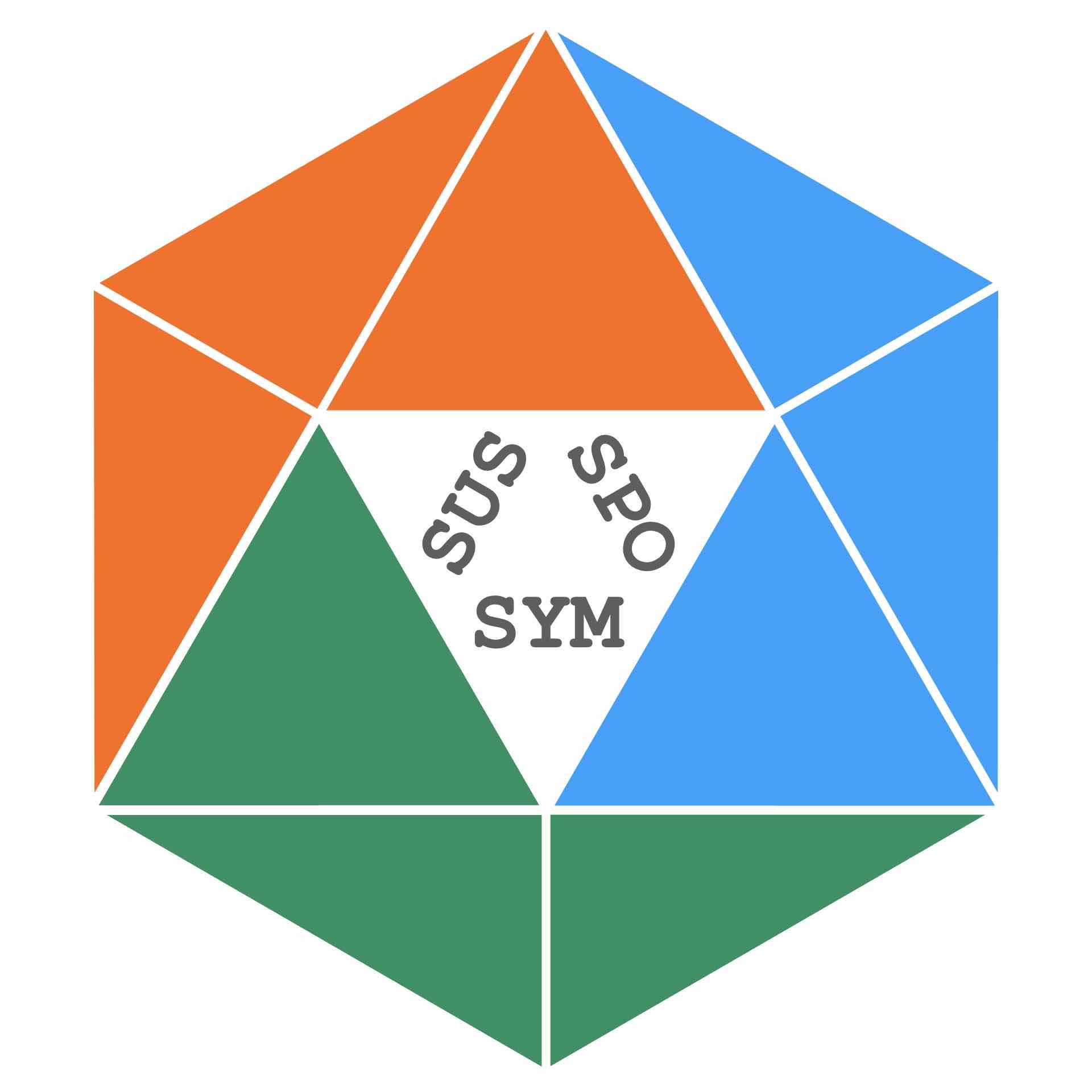Information sources of recreationist and why they share recommendations which contradict nature conservation concerns
2 Adventure Campus Treuchtlingen, Hochschule für angewandtes Management, Treuchtlingen, Deutschland
3 Nationalpark Bayerischer Wald, Grafenau, Deutschland; Fakultät für Umwelt; Natürliche Ressourcen, Universität Freiburg, Freiburg im Breisgau, Deutschland
V 1.6 in Talks Monday
25.09.2023, 11:45-12:00, H18 (NW II)
Sport activities in natural areas have a growing societal role, but their environmental impacts can be diverse and complex. Furthermore, outdoor platforms allow users to share tours with a large number of other outdoor enthusiasts, even though some may be unaware that tours recommended by others potentially violate nature conservation concerns. To effectively manage visitors and provide them with fitting nature conservation information at the right time, it is crucial to understand which information sources are used for planning and navigating outdoor activities.
A total of 410 recreationists were interviewed in northeast Bavaria to determine how they plan and navigate outdoor activities. Additionally, 65 tour authors were interviewed to compare the attitudes towards conservation concerns of those who suggest tours that align and do not align with nature conservation regulations.
Most people use digital tools for planning (86%) and navigation (73%) during outdoor activities. Digital tools are used as a primarily tool for planning (69%) rather than navigation (25%). Many individuals (84%) utilize more than one tool for planning activities, whereas almost half (48%) rely on a single tool for navigation. The choice of tools is largely influenced by the type of activity and the age of the recreationist. Trail running (93%), mountain biking (93%), and hiking (84%) are planned using primarily a digital tool, whereas sport climbing is mainly planned using an analog main tool (57%), 87% used printed climbing guidebooks.
Among the interviewed tour authors, 83% expressed a strong emphasis on nature conservation. 57% of those who shared tours compliant with nature conservation regulations were familiar with the expected behavior. Similarly, among those who shared tours that did not align with the rules, 64% knew the regulations.
This suggests that many violations of nature conservation regulations are unintentional and stem from a lack of adequate information.
Export as iCal:

